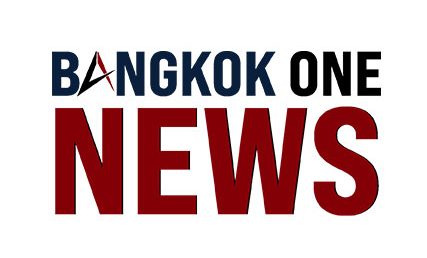The Bank of Thailand (BoT) has approved banks to continue providing credit lines to retail borrowers engaged in debt restructuring programs, aiming to support their liquidity as income recovery slows down.
Somchai Lertlarpwasin, assistant governor for the financial institutions policy group at BoT, emphasized the regulator’s encouragement for individual borrowers who are struggling with debt repayments or unable to manage their current obligations to apply for debt restructuring programs.
Financial institutions are allowed to keep existing credit lines available for these borrowers to help them manage their regular expenses during periods of tight liquidity, especially for vulnerable populations, according to Somchai.
On Friday, the central bank announced a relaxation of regulations regarding individual loans, which include credit cards, personal loans, and mortgages, to enhance the debt repayment ability of at-risk borrowers. The regulator has extended the minimum monthly credit card payment rate of 8% for an additional year, pushing the deadline to the end of 2025 instead of 2024. Furthermore, the central bank now permits card issuers to maintain credit lines for cardholders.
The central bank is also motivating personal loan borrowers classified as persistent debt (PD) to join the PD solution program. Additionally, banks are now authorized to retain remaining credit lines for borrowers, reversing a prior requirement to close accounts for those involved in the PD program.
Moreover, the Bank of Thailand allows financial institutions to provide mortgage loans with a loan-to-value (LTV) ratio exceeding 100% through debt consolidation programs, though the overall LTV regulation remains at 90-100%.
“Liquidity is critical,” noted Mr. Somchai, highlighting that the central bank has engaged in numerous discussions with financial institutions to identify solutions that alleviate borrowers’ financial strains and enhance their ability to repay their debts.
Regarding these debt solution measures and the easing of retail loan rules, the regulator permits banks to maintain borrowers’ liquidity in line with regulations or while they are applying for debt restructuring programs.
“We have found that liquidity is essential for vulnerable borrowers. Increasing debt payments would pressure their liquidity, especially while their income hasn’t yet improved,” he stated.
The Bank of Thailand launched the PD solution program in April, with roughly 500,000 personal loan accounts eligible for this debt relief initiative. However, only about 1-2% of these accounts have enrolled in the PD program, in part due to the prior requirement to close loan accounts.
Mr. Somchai remarked that the central bank aims to strike a balance between tackling household debt challenges and easing financial burdens for borrowers. By relaxing retail loan rules, the bank hopes to motivate those with the ability to repay to settle their debts and receive benefits.
Borrowers unable to fulfill their debt obligations under the relaxed regulations can participate in debt restructuring programs to lessen their financial strain and escape the debt cycle. Household debt continues to be a structural challenge affecting Thailand’s economic growth, with the debt-to-GDP ratio reaching 90.8% in the first quarter of this year.
